Kindle Available Civil War on the Western Border, 1854-1865 Fanatical politics of the western frontier, immigrant abolitionists with loaded Spencer rifles funded by mysterious personages back East, cut-throats, gin heads and horse thieves, colorful character descriptions |
Lexington
|
|
|
|
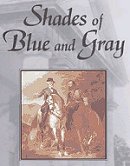
Following the victory at Wilson's Creek, the Confederate Missouri State Guard, having consolidated forces in the northern and central part of the state, marched, under the command of Major General Sterling Price, on Lexington. Colonel James A. Mulligan commanded the entrenched Union garrison of about 3,500 men. Price's men first encountered Union skirmishers on September 13 south of town and pushed them back into the fortifications. Price, having bottled the Union troops up in Lexington, decided to await his ammunition wagons, other supplies, and reinforcements before assaulting the fortifications. By the 18th, Price was ready and ordered an assault. The Missouri State Guard moved forward amidst heavy Union artillery fire and pushed the enemy back into their inner works. On the 19th, the Rebels consolidated their positions, kept the Yankees under heavy artillery fire and prepared for the final attack. Early on the morning of the 20th, Price's men advanced behind mobile breastworks, made of hemp, close enough to take the Union works at the Anderson House in a final rush. Mulligan requested surrender terms after noon, and by 2:00 pm his men had vacated their works and stacked their arms. This Unionist stronghold had fallen, further bolstering southern sentiment and consolidating Confederate control in the Missouri Valley west of Arrow Rock. Result(s): Confederate victory Location: Lafayette County Campaign: Operations to Control Missouri (1861) Date(s): September 13-20, 1861 Principal Commanders: Colonel James A. Mulligan [US]; Major General Sterling Price [CS] Forces Engaged: Garrison (approx. 3,500) [US]; Missouri State Guard (12,000) [CS] Estimated Casualties: 1,874 total (US 1,774; CS 100) |
Kindle Available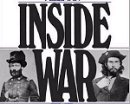 Inside War: The Guerrilla Conflict in Missouri During the American Civil War The state of Missouri witnessed the most widespread, prolonged, and destructive guerrilla fighting in American history. A horrific combination of robbery, arson, torture, murder, and swift and bloody raids on farms and settlements. |
Kindle Available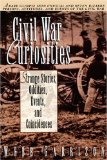 Civil War Curiosities: Strange Stories, Oddities, Events, and Coincidences |
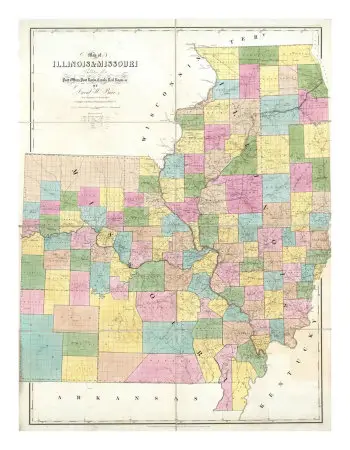 Map of Illinois and Missouri, c.1839 37. in. x 48 in. $169.99 Buy at AllPosters.com Framed |
 Civil War Musket Wood & Steel Frontier Rifle Designed After The Original Rifle, This Civil War Musket replica has been designed after the original rifle of its era. Measures approximately 37 inches long. Each is constructed with a solid one-piece wood stock, painted steel barrel and die-cast parts. |
Missouri State Battle Map |
 Civil War Soldier 102 Piece Playset
|
Kindle Available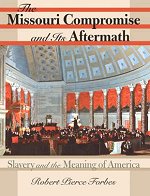 The Missouri Compromise and Its Aftermath: Slavery and the Meaning of America Go behind the scenes of the crucial Missouri Compromise, the most important sectional crisis before the Civil War, the high-level deal-making, diplomacy, and deception that defused the crisis. |
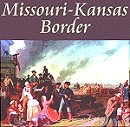 Civil War on the Missouri-Kansas Border The western front was the scene of some of that conflict's bloodiest and most barbaric encounters as Union raiders and Confederate guerrillas pursued each other from farm to farm with equal disregard for civilian casualties |
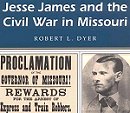 Jesse James and the Civil War in Missouri I wanted to know more about Jesse James and what was going on in Missouri during the time of the war. This book gave me a good basic understanding. It was very easy reading and helpful |
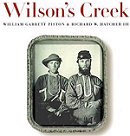 Wilson's Creek: The Second Battle of the Civil War and the Men Who Fought It In 1861, Americans were preoccupied by the question of which states would join the secession movement and which would remain loyal to the Union. In Missouri, it was largely settled at Wilson's Creek on August 10, 1861, in a contest that is rightly considered the second major battle of the Civil War |
 Three Years With Quantrill: A True Story Told by His Scout John McCorkle Quantrill is often maligned as a psychopathic killer and a despot. McCorkle refutes this common claim by the writers of the winner's history, shows that Quantrill was a compassionate and honorable man. He shows a side to the War of Northern Aggression that is rarely told |
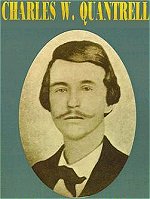 Charles W. Quantrell A True History Of His Guerilla Warfare On The Missouri And Kansas Border During The Civil War Of 1861-1865 This book was written just as Captain Harrison Trow told it to John P. Burch, giving accounts of fights that he participated in, narrow escapes experienced, dilemmas it seemed almost impossible to get out of, and also other battles |
Kindle Available Jesse James: Last Rebel of the Civil War This places James within a specific political context, showing why it was possible for this murderous bandit to emerge as a folk hero among Southern sympathizers following the Civil War in which he fought as a teenager |
Kindle Available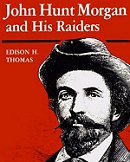 John Hunt Morgan and His Raiders The "Thunderbolt of the Confederacy" John Hunt Morgan from Tompkinsville, Kentucky to Greeneville, Tennessee. |
|
Battle of Shiloh Civil War Map First Manassas Civil War Pictures Civil War Cooking Gettysburg Civil War Ships |